Applications for Ohio Farm Bureau Health Plans now available
Members have three ways to apply: contacting a certified agent, calling 833-468-4280 or visiting ohiofarmbureauhealthplans.org.
Read MoreAccording to a survey conducted by the Environmental Law and Policy Center, a group known for targeting livestock agriculture, voters in northwest Ohio say they overwhelmingly favor strong, enforceable regulation of concentrated animal feeding operations (CAFOs). Ohio Farm Bureau’s Ty Higgins visits with our senior director of state and national policy, Brandon Kern, about the poll and the misleading tactics that led to the results.
Ty Higgins [00:00:00] Ohio farmers were targeted in a new poll. With this Ohio Farm Bureau podcast special, I’m Ty Higgins. According to a survey conducted by a group known for targeting livestock agriculture, voters in northwest Ohio say they overwhelmingly favor strong, enforceable regulation of concentrated animal feeding operations, otherwise known as CAFOs, to reduce the toxic algal bloom in western Lake Erie. To talk more about the results from the Environmental Law and Policy Center and how they got those results is Brandon Kern, senior director of state and national policy with Ohio Farm Bureau.
Ty Higgins [00:00:35] Many people listening may not even know what a CAFO is. So let’s start there. Let’s talk about what a concentrated animal feeding operation is and then some of the myths that we can dispel that came out of this poll and quite frankly, have been out there for years now.
Brandon Kern [00:00:50] Yeah, absolutely. So a CAFO is a concentrated animal feeding operation. Over the years, we in agriculture have realized through scientific study and observation that there’s a lot of reasons for a farmer to make a decision to bring animals indoors. If you think about protecting those animals from disease, from exposure to wildlife, from predators, in order to be able to establish a consistent nutrition regimen for that animal, to be able to control the waste supply that’s created by that animal. There are a lot of decisions that farmers make to bring animals into a barn to be able to care for them. And a lot of ways, particularly when you have larger numbers of animals in a more efficient and quite frankly, a safer manner. So concentrated animal feeding operations is just a technical term that state and federal regulations have established to identify those facilities, which once you hit a certain threshold of animals, you really need to know what you’re doing. The more animals you add, you’re starting to create a manure and waste stream from those animals. And so there needs to be certain steps taken to ensure that the person operating that facility really has a plan to manage that operation well from an environmental standpoint. And so when we bring animals inside and once we hit that certain threshold that the regulators have said, OK, at this point we really need to do some checks and make sure that there’s a good plan to operate this facility, that’s when you become designated a CAFO.
Ty Higgins [00:02:20] Who put this poll together and give me an overview of what it told us?
Brandon Kern [00:02:25] This group called the Environmental Law Policy Center like to present themselves as they’re a nonprofit organization. They really promote themselves with the idea that they try to balance environmental progress with economic development and that those two things can be achieved together, which sounds great. I think in reality, if you really look at a lot of the things that they are involved in, they are involved in a lot of lawsuits, so they pursue a lot of litigation to help achieve their ends. And of course, we’ve seen them be very active on the water quality issue up in Lake Erie here in Ohio.
Ty Higgins [00:02:59] What did the results show and how were they able to get to those results?
Brandon Kern [00:03:04] First, it’s important to understand that this poll is what we call push poll, where the pollster, instead of just asking black and white questions that are scientifically measuring the responses, almost every question in this poll, if you really look at the details of it, is led with some sort of commentary from the pollsters themselves, from the questionnaire. And it’s intended, you’ll see it’s very clear, it’s intended to incite a certain bias in the respondent’s answer. This is used in politics a lot. Some examples of what they did here. There’s a good example of a dialog in the line of questioning in this poll, for example, where they inject opinion in an insightful way with some insightful language where they lead off the question by saying and this is quote, ‘The situation is dangerous.’ And then they go in to ask the respondent to respond to the next piece of it. There’s examples of of using misinformation, quite frankly. Verbatim, one of the questions starts with, ‘The way we’re trying to fix the problem isn’t working,’ quote unquote. And another strategy that a lot of times are used in these you just use like these broad generalities. So one example of this is one of the questions starts with Agricultural operations should be held accountable for their runoff pollution from fertilizers and manure that flow into waterways.’ Well, I think every farmer in the state of Ohio would say, yeah, that’s what we’re trying to achieve with a lot of the programs we’re involved with and trying to be proactive. So who’s going to disagree with that statement….Of course, people are going to agree with that statement. Then they use the results to promote an ends to their means. So, of course, the results then that they promote are some 90% of voters rank access to safe, clean water in general, including cleaning up Lake Erie as the No. 1 Issue. So this poll was folks in northwest Ohio. We should we should be clear about that. It was not a statewide poll. So 93% of people up in that area, of course, according to this poll, after they’ve been led down this road, say their water quality is really important to them. Well, OK, it’s really important to us, too. Another key finding for them then is that 81% of voters favor instituting enforceable regulations to reduce manure and fertilizer runoff. Of course, we know if you start to really look at the details of the situation, that there are enforceable regulations for those farms. So, you know, that’s kind of the strategy of what goes into one of these push polls. That is really a great example of this in the situation.
Ty Higgins [00:05:36] You had mentioned that there were some obvious myths in this and some of the ways that we’re making progress on the water quality front as we try to fight back against some of these bunk polls and information that’s out there right now.
Brandon Kern [00:05:51] This is this poll is a good example of some of the myths we hear from from folks that, quite frankly, we just have to question sometimes what their motives are. Are we truly worried about water quality? Because I think what we’ve shown as an organization and farmers across the state have shown as a group, as a whole, as a community, that they’re willing to step up and do the things and work cooperatively. We have a lot of organizations who are environmentally focused, who are close partners of ours, working on water quality in the state, for example. But when you see these myths continue to be perpetuated ad nauseum, I mean, just over and over and over, no matter how many times we try to correct the record, you just have to wonder what their true intentions are. For example, in this poll, one of the myths that one of the questions is built on the number of CAFOs that can be built is not limited by state or federal regulatory actions. Well, that’s really not true, because these facilities must have a whole host of permits. And one of the key components that these facilities have to have is a manure management plan. And that manure management plan has to show that you have a plan and you are using a certain amount of acreage to safely apply that manure on farmland in an environmentally safe way. So these facilities cannot be built on top of each other. If those farmers who are building them don’t have a plan that meets the regulations for applying the nutrients back out onto farmland. So they don’t have a plan to deal with their waste stream as a part of their process, then they can’t be built and they can’t be permitted. So that’s that’s one of the myths that we hear. And it is the opponents try to just paint animal agriculture. And CAFOs in general, I think is just this Wild West that is unregulated. Another great example in this poll. At one point, they say Ohio relies almost exclusively on voluntary programs and incentive payments for pollution reduction rather than enforceable regulations to reduce manure fertilizer runoff. That’s one of those, again, of there’s pretext pieces of information that the pollster offers that the person, the respondent before they can actually ask them a question. Well, that’s just not true either. Ohio has strict permitting. We are actually known as one of the strictest in the nation in terms of our state permitting of these facilities. Every CAFO in Ohio must develop, as we just mentioned a minute ago, a manure management plan that specifies best management practices for manure and wastewater handling. They must comply with what’s known as a Federal National Pollutant Discharge Elimination System permit, which is a whole other set of requirements. Every CAFO in the state must conduct inspections. So the Department of Agriculture here in Ohio comes out and does inspections and monitoring and meet stringent guidelines that way. And there are strict recordkeeping requirements as a part of the regulations here in Ohio and every CAFO at the end of every year, they have to submit this report that’s reviewed by the EPA in Ohio just to be able to operate. So I think it’s it’s a farce to say that we rely strictly on voluntary measures and not regulatory measures. There’s a whole host of others. So we passed laws in the state of Ohio that regulate when and how you can apply manure in terms of soil conditions and weather permit up in the western Lake Erie Basin. So, you know, I just think it’s just not true. We’re doing all we can to make sure that the record is straight out there.
Ty Higgins [00:09:19] And we’ll talk about those efforts next. But this poll by the Environmental Law and Policy Center, a lot of fallacies, a lot of myths, but there are some things in there that made sense, especially from an Ohio Farm Bureau standpoint.
Brandon Kern [00:09:31] I think one of the biggest takeaways, if you look at some of the solutions that were tested in this, H2Ohio Governor DeWine’s water quality program that relies on providing resources to help farmers put best management practices in the ground. Practices that we know are making a difference, actually scored much higher in terms of support than the idea of banning or freezing the number of CAFOs in the state. And I think that is recognition even by the segment of folks up in northwest Ohio, who have kind of been at the heart of it, who have read all the Toledo Blade stories about how terrible the water quality issue is, still recognize that farmers are responsible parties in this and they’re doing the things to try to try to help correct the water quality issues in the right way. And so even in their own poll, people are still, the respondents are still indicating that we think this Ohio program is actually a really good idea and probably better than a regulatory approach of just freezing all CAFOs.
Ty Higgins [00:10:34] Was Farm Bureau mentioned in particular?
Brandon Kern [00:10:36] You know, I think we probably also want to send some thanks to to this particular organization. So one of the things that they did in here is to do some approval rating testing of different political figures and organizations. Farm Bureau happened to be one of them. And I’m happy to report we’re doing pretty well I think. We have an approval rating that is 35 points higher than our disapproval rating. 35 points higher among a population that aren’t just farmers. Remember, they were not just asking questions of farmers. These are all people, all residents up in northwest Ohio So not everybody’s dealing with agriculture on a daily basis. Farm Bureau has a 35 point approval rating that’s higher than their disapprovals. That’s a margin that any politician anywhere in the country would die to have. I’ll tell you that. So I think we got to feel pretty good about that, Ty.
Ty Higgins [00:11:25] And we’re making a lot of efforts at the Statehouse because as you mentioned earlier, this poll was more or less propaganda to make some changes in Columbus with legislators. What are we doing as far as reaching out to those lawmakers and setting the record straight?
Brandon Kern [00:11:38] Well, you know, I think we’re talking about a lot of what you and I are talking about today. We’re having those very conversations with legislators. But we did put something and we do that on a regular basis. So we’re having conversations with policymakers all the time because they want to know what kind of progress we’re making, how are you guys going about it? But we did do it in a very formal way. We sent a letter this week to all members of the legislature, just kind of recognizing that a lot of talk out there recently has kind of spread some of this misinformation and these fallacies and just kind of dispelled them one by one. So our letter reaches out to them and says, hey, we want to make sure you have accurate information. And here’s the real accurate information about what regulations in Ohio look like, what we are doing on the water quality effort and the progress we’re making. So that should be in the hands of members of the Ohio General Assembly now. Just part of what we do to try to keep the record straight out there.
Ty Higgins [00:12:32] You can read that letter in its entirety online at ofbf.org. Brandon Kern is senior director of state and national policy with Ohio Farm Bureau. Thanks so much for your time.
Brandon Kern [00:12:42] Always.


Members have three ways to apply: contacting a certified agent, calling 833-468-4280 or visiting ohiofarmbureauhealthplans.org.
Read More

For Ohio and PJM region, the outlook is reassuring—ample reserves and strong planning should keep the power on.
Read More

The average price for a classic holiday feast for 10 in Ohio will cost $55.87.
Read More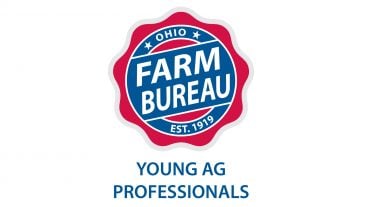

Meet the four new members of Ohio Farm Bureau’s Young Ag Professionals State Committee.
Read More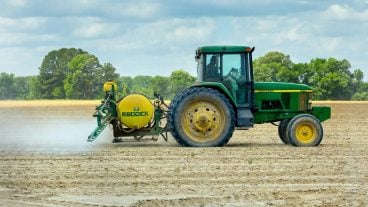
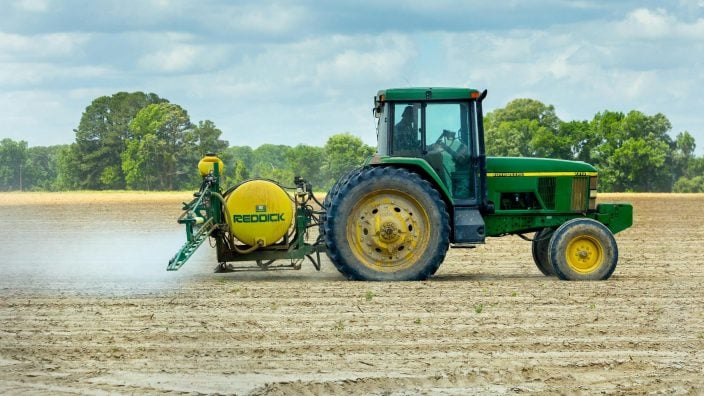
HB 10 ensures transparency around how imitation meat is labeled, along with restoring needed flexibility around the application of crop protection tools.
Read More
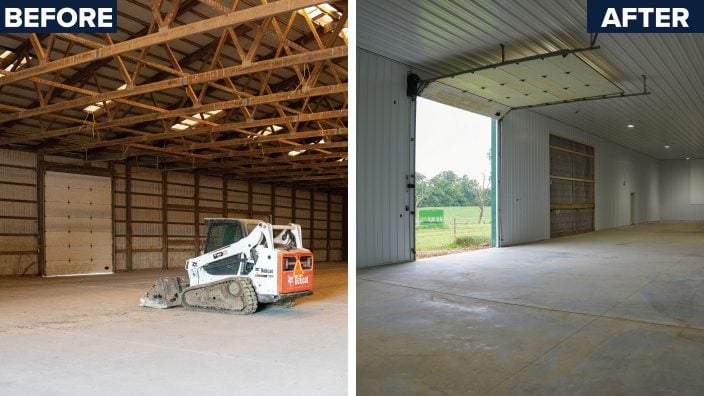
FBi Buildings has been delivering exceptional post-frame construction solutions for 65+ years, earning the trust of satisfied customers throughout the Midwest.
Read More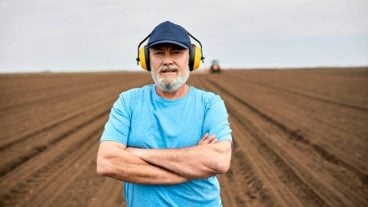
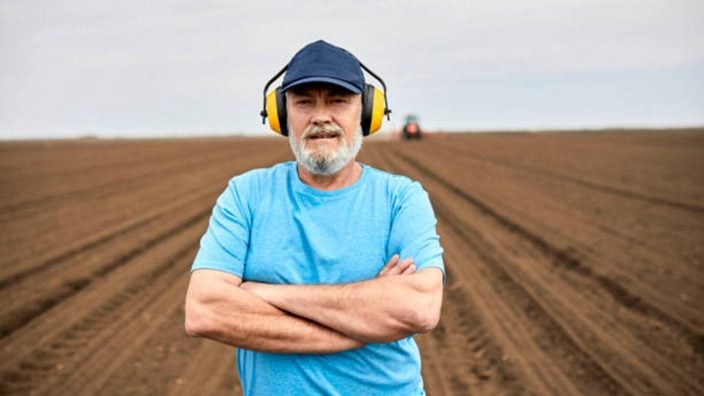
Ohio BWC industrial hygienists, safety consultants, and ergonomists can visit your farm, help spot risks, and suggest improvements that make a real difference.
Read More
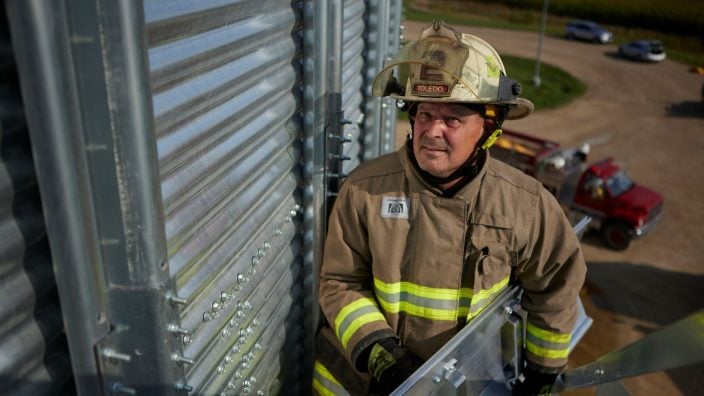
Nationwide’s Grain Bin Safety campaign expands its reach, delivering grain rescue tubes and training to 62 fire departments in 2025.
Read More

Urge President Trump and Congress to act before the end of 2025 to provide immediate relief and long-term stability for America’s farmers and ranchers.
Read More
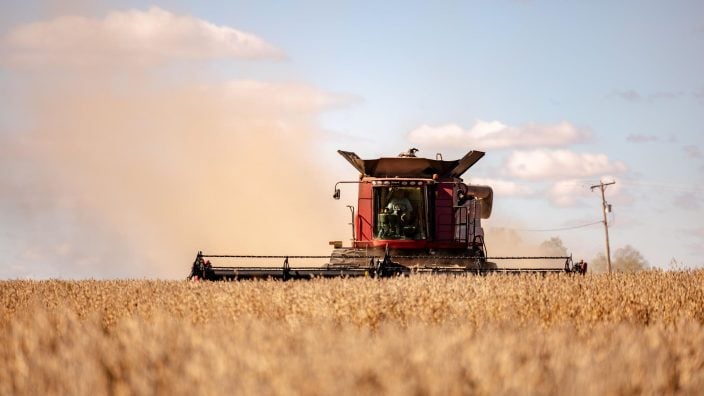
Meet Marion County Farm Bureau member Clayton Lust, a third-generation grain farmer and Beck’s Hybrids dealer, and Kelsey Bezdek, a first-generation livestock farmer and Lake County Farm Bureau member.
Read More